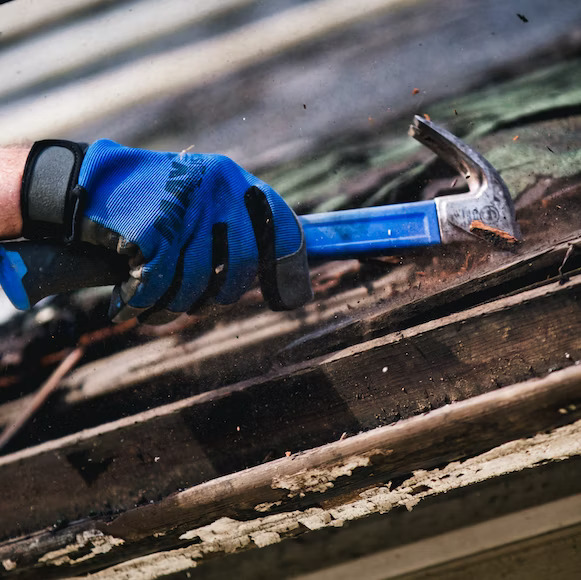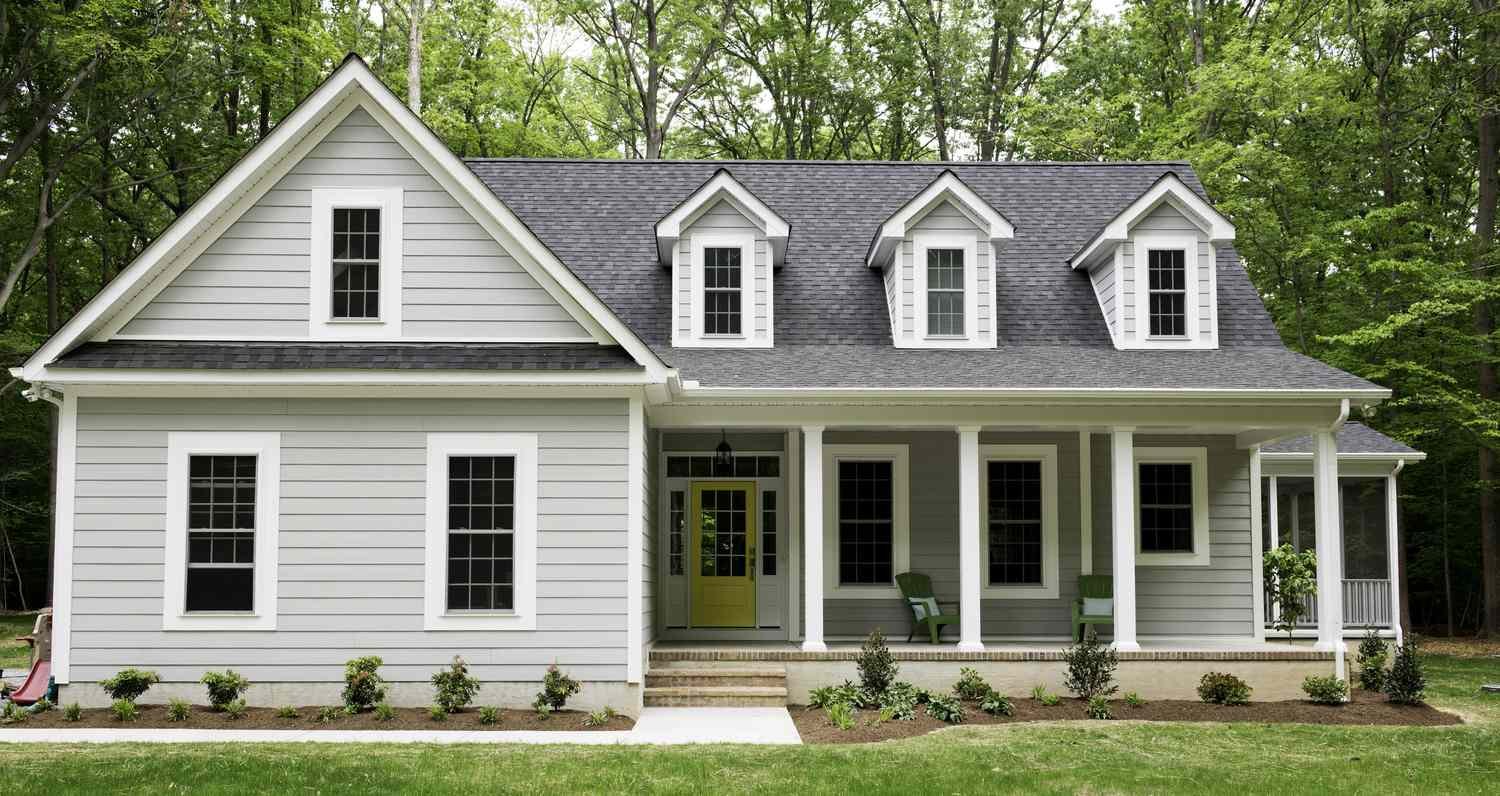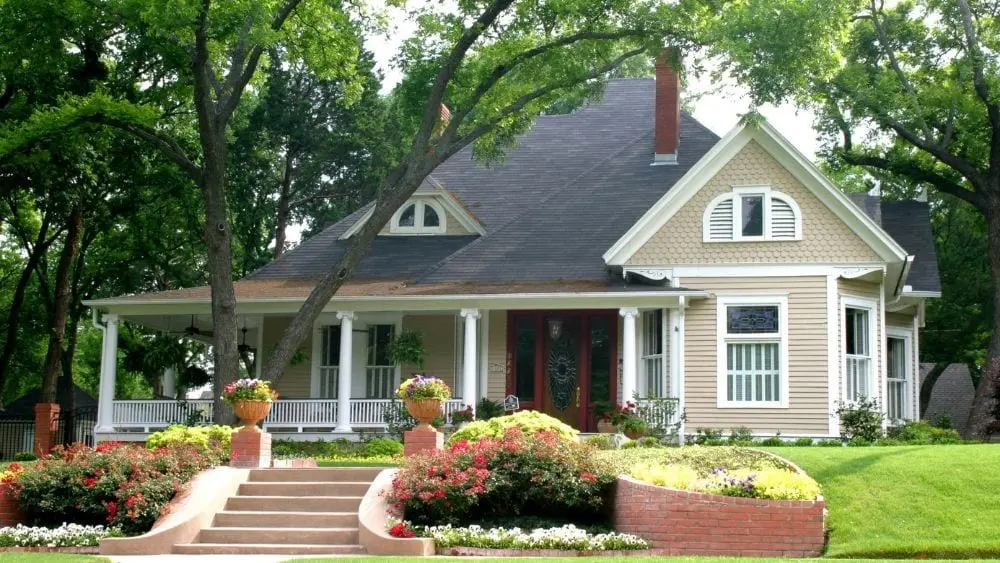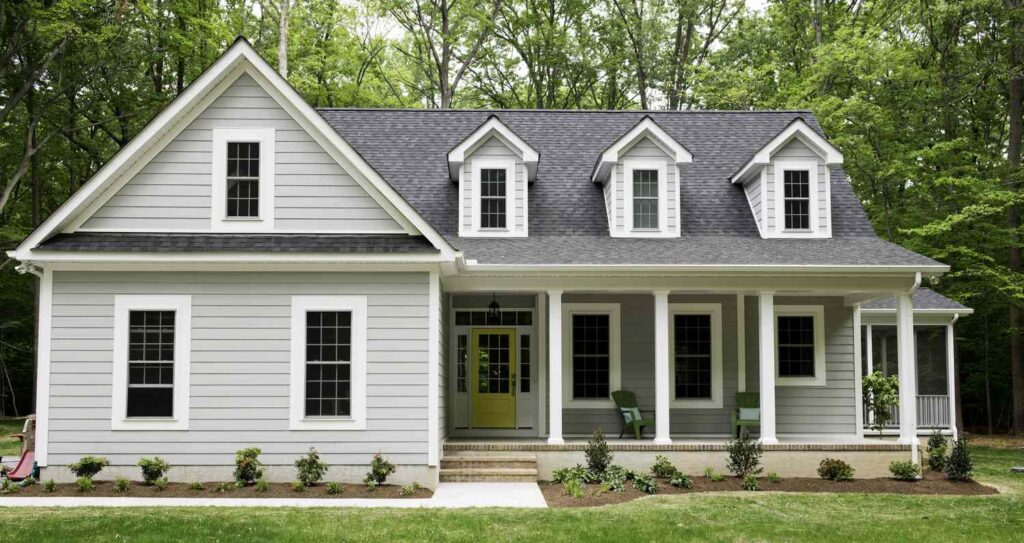For most homeowners, their house is their most significant investment and their sanctuary. However, maintaining a home can be expensive, especially for unexpected repairs like fixing a leaky roof.
Roof repairs are essential to ensure the safety and longevity of a home, but they can also be costly. That’s why budgeting wisely for roof repairs is critical for homeowners to avoid financial stress and prevent further damage to their property.
Roof Replacement Costs to Consider
If your roof has run its course and it’s time for a replacement, here are the costs to think about roof asset management.
1. Roof Size
The basic reason that affects your roof replacement cost is the size of your home’s roof. You will need more materials, time, and labor to replace the covered surface area. You need to determine the square footage of your roof. One common mistake homeowners make is to compare it with the home’s floor area, which shouldn’t be the case.
The square footage of your home is the total gross living area after an appraisal. It covers all house levels with multiple floors except for the carport area, interior walls, and basements. You can determine the size of your roof by getting the roof’s square footage.
Typically, it covers living spaces such as walkways, lanais, front entryways, garages, and overhangs. You can obtain your roof footage area by multiplying its length by width on all flat surfaces and adding them.
2. Roof Slope
The slope of a roof refers to the angle of the roof’s surface. Contractors measure it by getting the roof’s rise over the run. Roofs with steeper slopes require more safety precautions, specialized equipment, and installation labor and time.



Roofing contractors often use a “slope factor” to calculate the additional cost associated with steep roofs. The slope factor is a multiplier used to adjust the base cost of the roofing project based on the roof’s slope. The higher the slope factor, the higher the additional cost for a steep roof.
3. Roofing Squares
Roofing squares are a standard unit of measurement used in the roofing industry to quantify the amount of roofing material needed for a given project. One roofing square is equal to 100 square feet of roofing material. This unit of measurement is used to simplify the estimation process and to ensure consistency across the industry.
When estimating the cost of a roof replacement project, roofing contractors will typically calculate the number of squares needed based on the roof size.
4. Roofing Materials
Various roofing materials are available, each with unique benefits, drawbacks, and price points. Some of the most common roofing materials include:
- Asphalt shingles
- Metal roofing
- Clay tiles
- Slate
- Wood shingles
High-end roofing materials like slate or clay tiles can be significantly more expensive than affordable options like asphalt shingles or metal roofing.
5. Roofing Design and Shape
Roofing design and shape can also impact the cost of a roof replacement project. The design and shape of a roof can vary widely depending on the home’s architectural style and the homeowner’s preferences. Some of the most common roof designs and shapes include:
- Gable roof
- Hip roof
- Mansard roof
- Flat roof
More complex designs like mansard roofs may require more labor and specialized equipment to install, which can drive up the project’s cost.
6. Condition of the Existing Roof
The roof’s condition can vary widely depending on various factors, including age, maintenance, and weather conditions. A roof in good condition may only require minor repairs or a partial replacement, while a worn roof may require a complete replacement.
A damaged roof may also require additional repairs to the underlying structure or sheathing, which can add to the project’s overall cost.

7. Other Factors
Several other factors can impact the cost of a roof replacement project. Here are some additional factors to consider.
- Geographic location: The cost of a roof replacement project can vary depending on the home’s location. Labor and material costs can be higher in areas with high demand, strict building codes, or weather conditions.
- Permits and fees: Depending on the home’s location, the homeowner may be required to obtain permits or pay fees for the roof replacement project. These costs can vary widely depending on the local building codes and regulations.
- Labor costs: The cost of labor can vary depending on the roofing contractor and the project’s complexity. Homeowners should obtain quotes from several contractors to ensure they get a fair price for the labor involved.
Key Takeaways
Homeowners must carefully assess their needs and budget and work closely with a reputable roofing contractor to select the right materials and design for their home. By taking the time to make an informed decision, homeowners can ensure that their new roof will be durable, long-lasting, and a valuable investment in their home. They won’t get stuck in an unfinished roofing project because of budget constraints.
Consider these factors that will affect roofing costs:
- Roof size
- Roof slope
- Roofing squares
- Roofing materials
- Roofing design and shape
- Condition of the existing roof
- Other Factors






